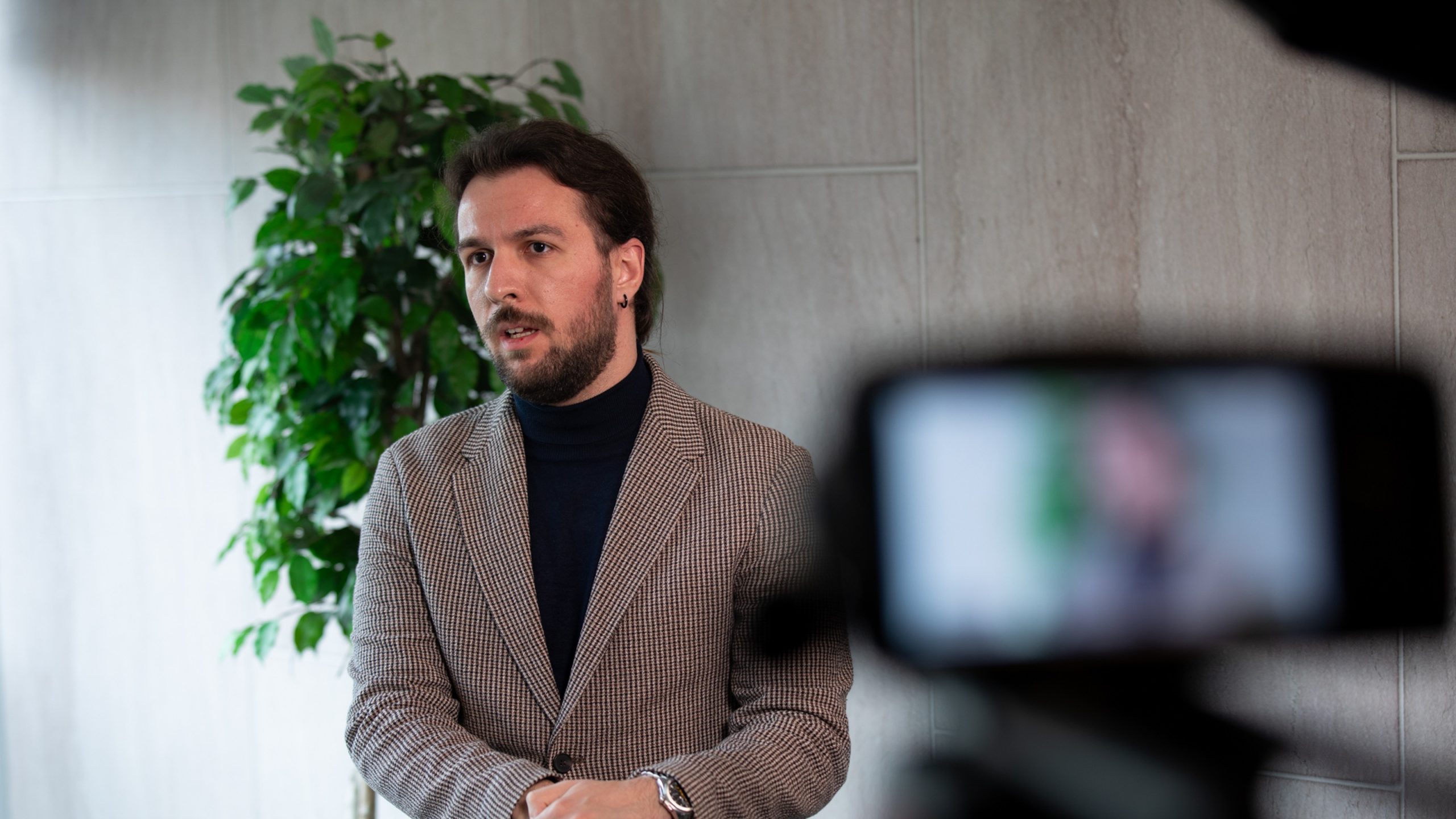The bridge case: by whom and for whom
Although the bridge is presented as an engineering marvel, critics point out that it will be built in one of the most earthquake-prone areas in Europe, recalling that the deadly 1908 earthquake in Messina claimed the lives of more than 80,000 people. The bridge’s designers claim that the structure will withstand even “biblical-scale” earthquakes, but environmental organizations and engineers have expressed doubts about whether such a massive structure can really stand on such unstable ground.
The unstable terrain is also a way of describing the social situation in the region, due to the long-standing fear of the mafia. Since the 1960s, any discussion of the project has been accompanied by warnings that the Sicilian Cosa Nostra and the Calabrian ‘Ndrangheta will try to infiltrate the construction sites, supplies, and subcontracting networks, while any promises to protect the project from this kind of corruption seem more like a simple acknowledgment of the risk. In this regard, Salvini stated that “monitoring the supply chain will be the raison d’être of the government,” and in the same vein, the President of the Republic made it clear that the project should be subject to the strictest provisions of anti-mafia legislation. Moreover,on August 9, more than 10,000 protesters in Messina chanted “No Ponte” and “Lo Stretto non si tocca,” signaling an escalation of resistance. In Calabria, the summer campaign of No Ponte — with strong participation from young people — turned the slogan into an electoral “red line” ahead of the regional elections.
Messina: decine di migliaia di persone in piazza contro il ponte ad agosto alle 6 di pomeriggio in sicilia, ma non lo leggerete da nessuna parte perche non conviene a nessuno che si veda come la pensano i locali pic.twitter.com/ovXzhypwt1
— Comrade W🔻 (@ComradeHazet36) August 10, 2025
Beyond the other direct or indirect contenders for the project, it appears that the Meloni administration attempted months ago to promote the bridge both domestically and internationally as a project of strategic importance, as a NATO bridge. Antonio Tajani and Matteo Salvini, the two vice-presidents of the government, are trying to give the project a military dimension so that the cost can be recorded in NATO’s accounts as part of defense spending, helping Italy to approach its target of 5% of GDP. According to an April government document, the bridge was described as a “key element of national and international security” on the grounds that it would allow the rapid transport of troops and heavy vehicles from Northern Europe to the Mediterranean, turning the Strait into a new military corridor. However, the idea that such a controversial project could be “baptised” a military investment provoked rather amusement even among allies, with US officials smilingly avoiding any comment at the NATO summit in The Hague.
